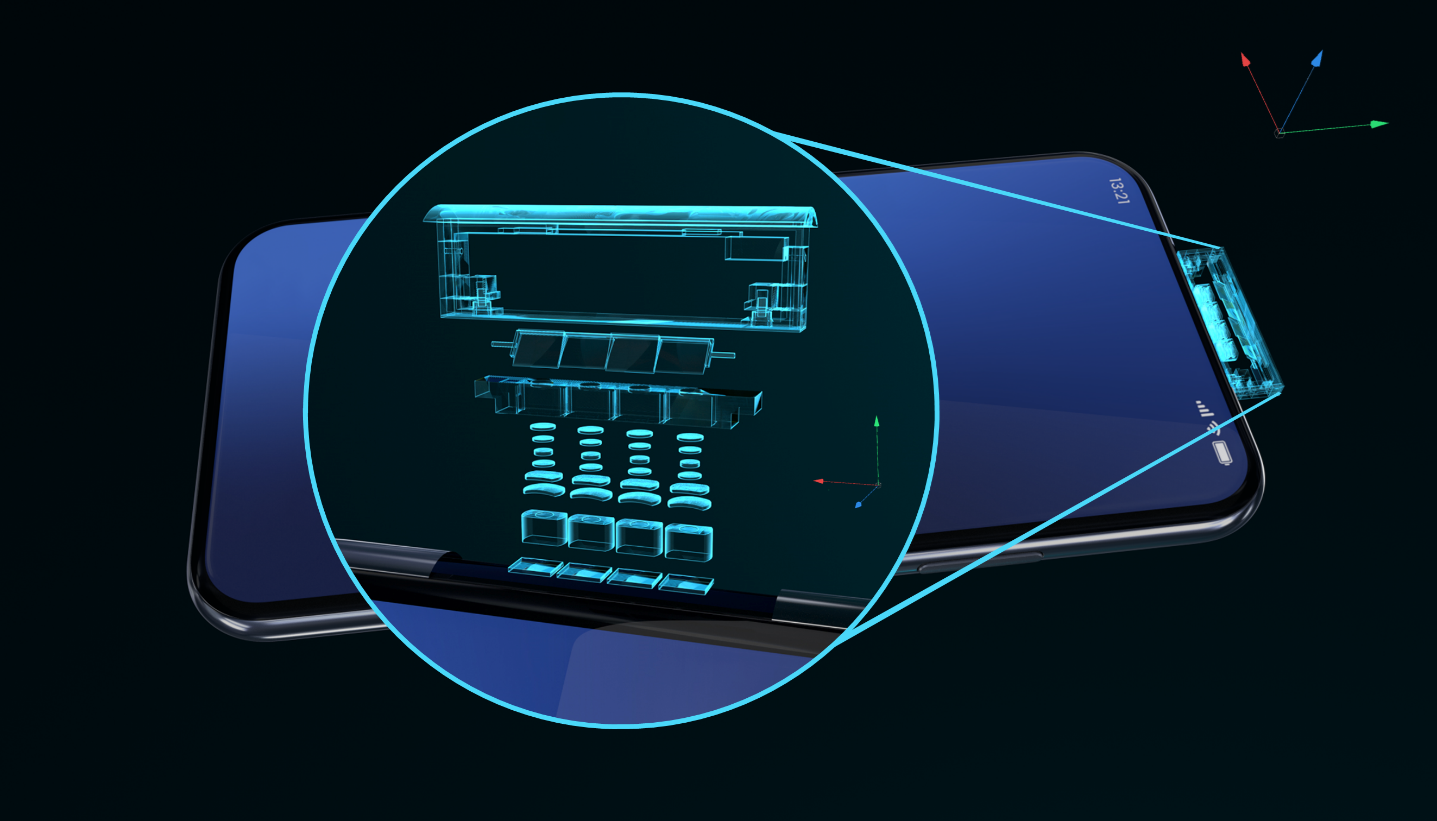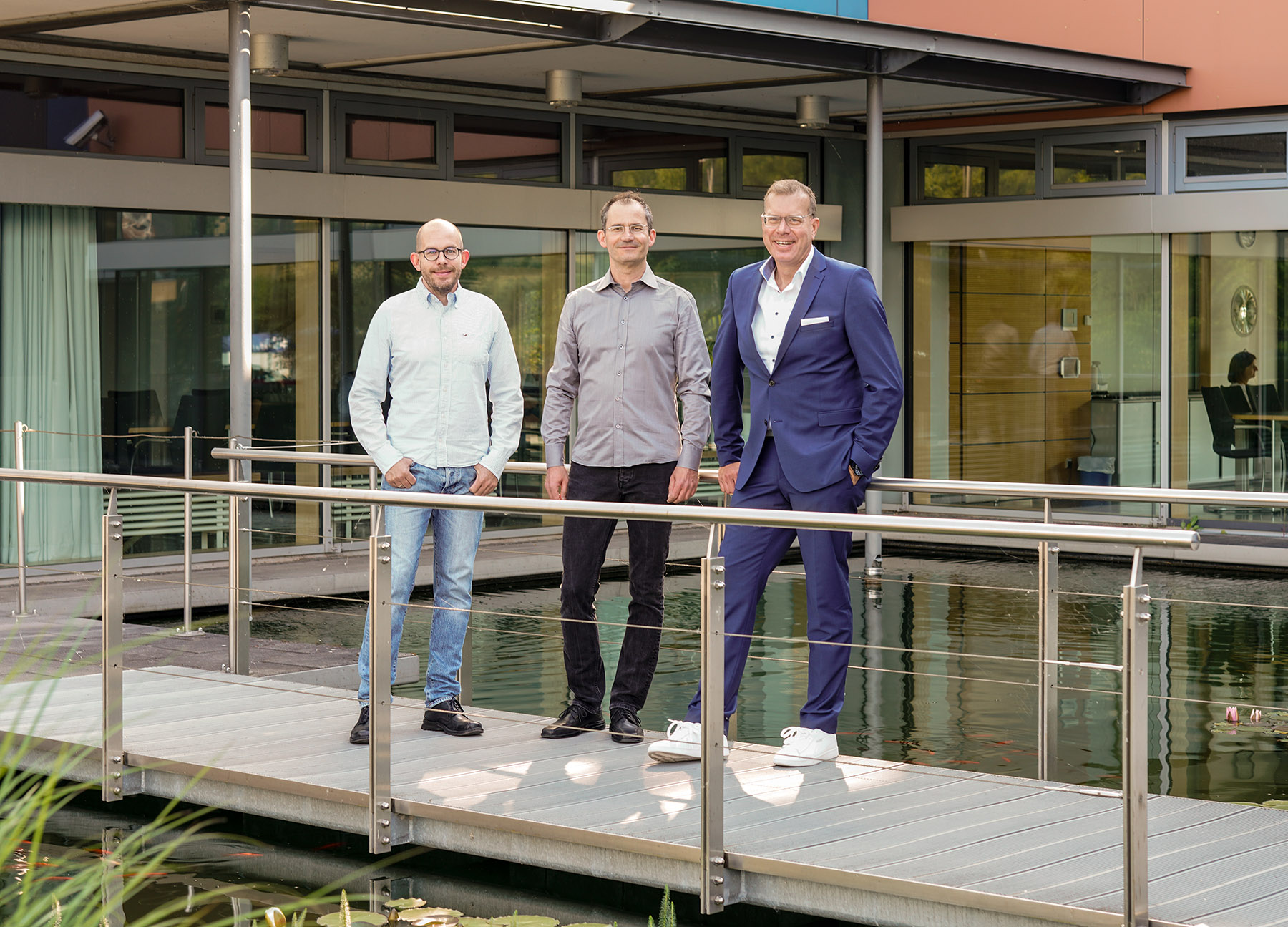Cameras for smartphones or autonomous driving are expected to perform better and better – and at the same time to become increasingly slimmer. But conventional cameras cannot be reduced in size infinitely without sacrificing quality. Researchers at the Fraunhofer Institute for Applied Optics and Precision Engineering IOF have found an innovative solution for designing high-performance cameras that are even more compact. As a spin-off of Fraunhofer IOF, the start-up “mcd - modern camera designs” is now supporting the marketing of this technology.
Compact mini camera for slimmer smartphones and safety in autonomous driving
Start-up “mcd” helps bring ultra-thin camera to market
Miniaturized cameras are ubiquitous in our increasingly visually dominated world: They can be found in vehicles in a wide variety of features, ranging from comfort and safety applications to autonomous driving, in computers as webcams and above all as a key differentiating component in smartphones. We are talking about unit numbers of well over a billion devices per year, each containing a large number of individual cameras for sensor functions and, of course, for image and video recording.
A long-known problem becomes apparent particularly with the latter: the construction length of a conventional camera, which is based on the same basic principle as the human eye, cannot be shortened as required while producing a high image quality. Consequently, the cameras protrude from the housing.
Startup “mcd - modern camera designs” enters licensing phase
In the facetVISION project, funded by the Fraunhofer Future Foundation, several novel camera architectures were developed to solve this problem for different resolution classes. The basis is always an array camera approach with the division of the field of view into individual sub-areas and the subsequent reconstruction of the overall image by software.
To support the marketing activities for the IP portfolio developed in this regard, a license agreement was concluded between the Fraunhofer Gesellschaft and mcd – modern camera designs GmbH for the realization of demonstrator systems. The company is a spin-off of Fraunhofer IOF Jena and deals with design, prototyping and production services for customized miniaturized cameras.

